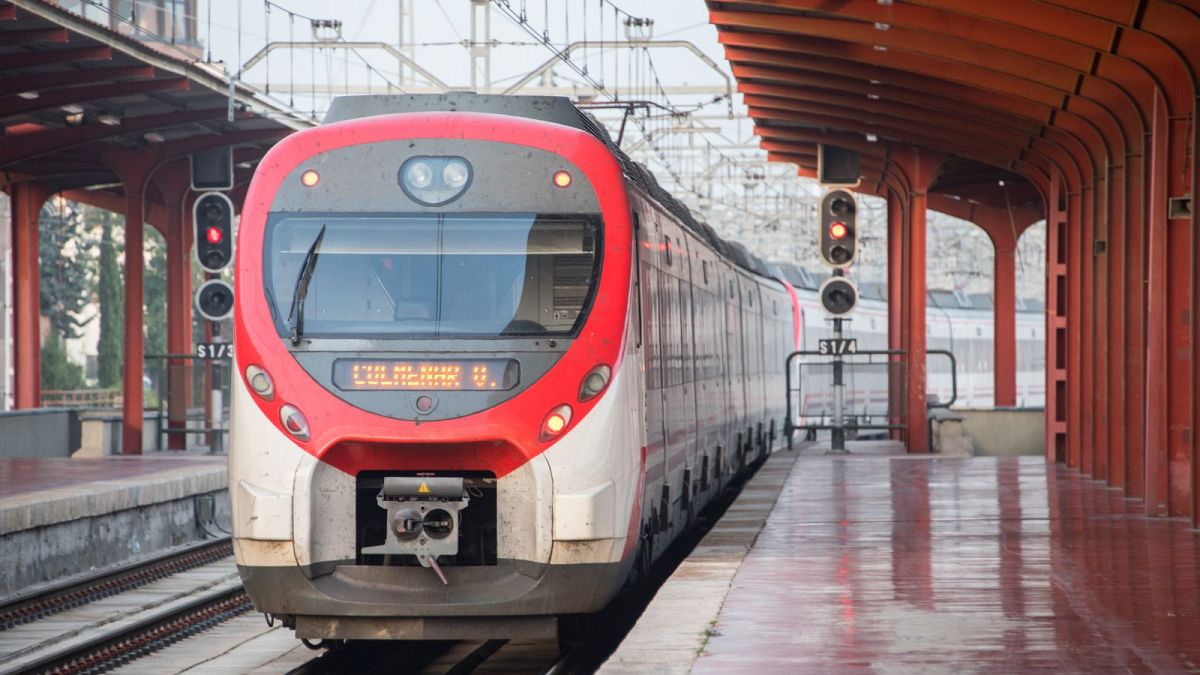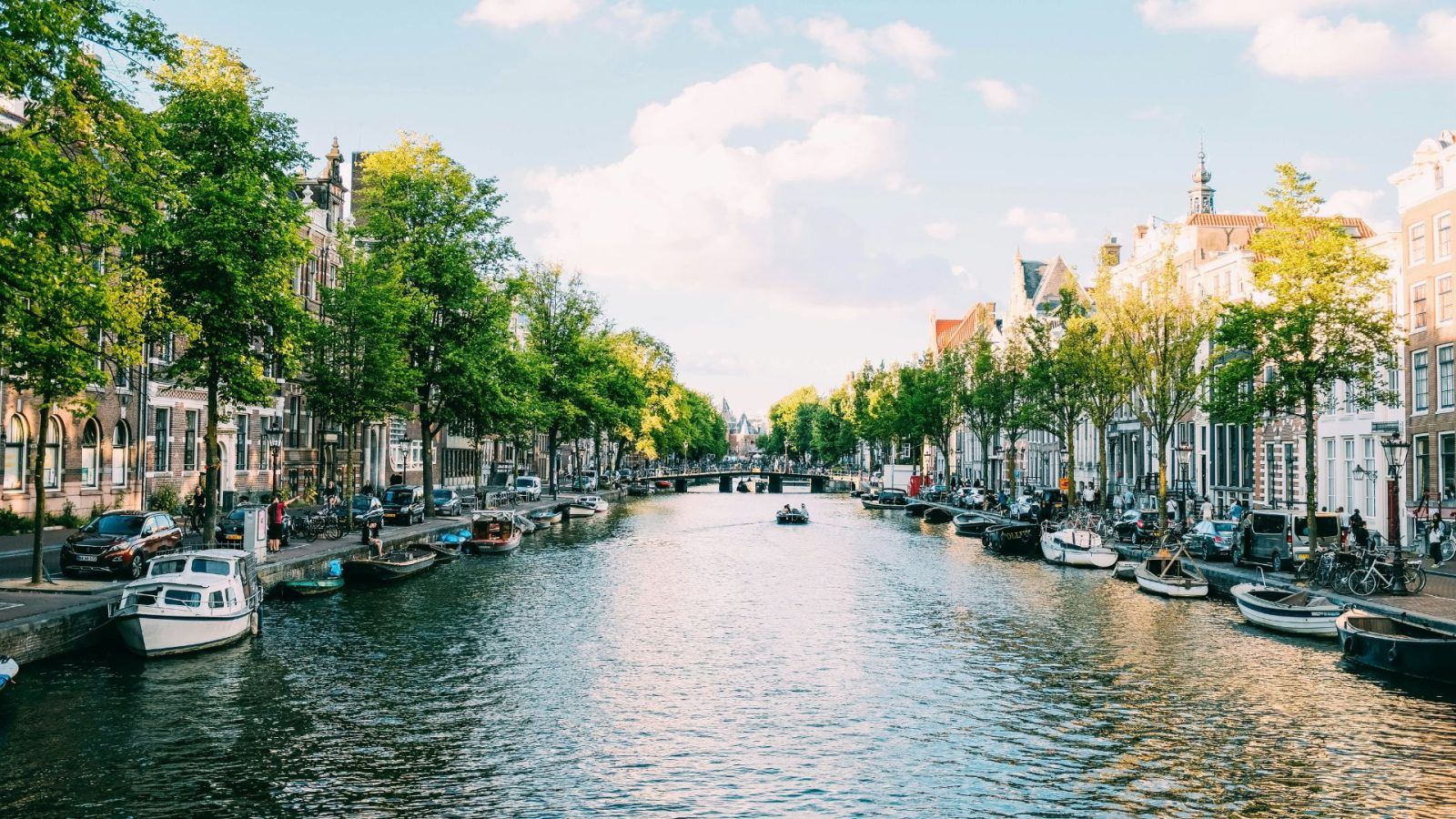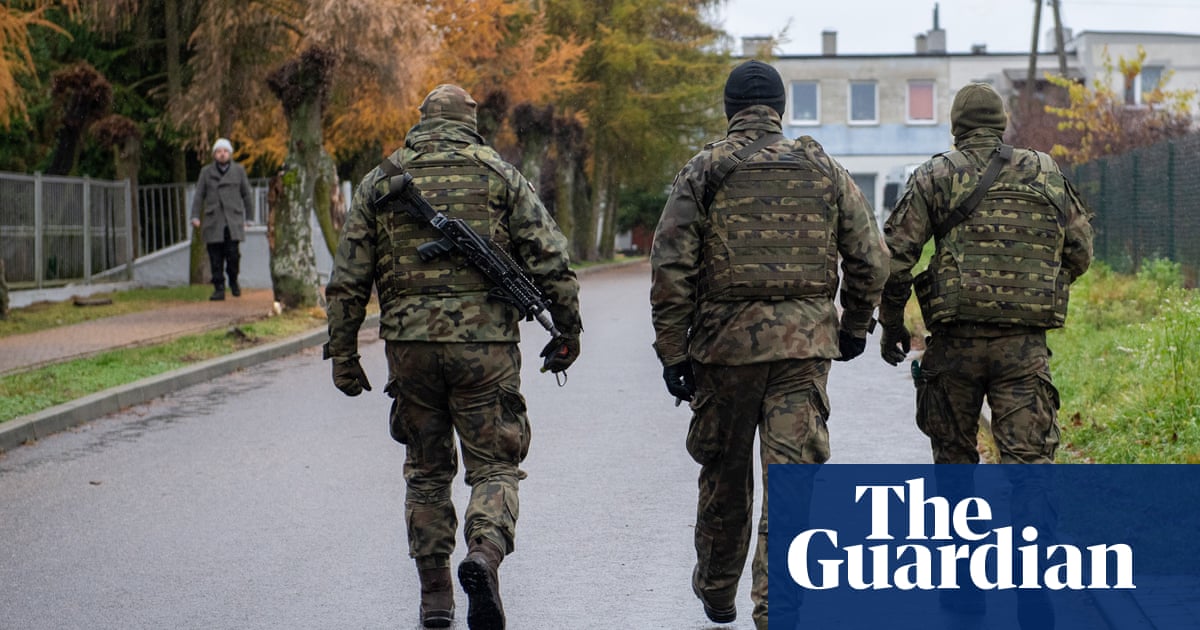Which European country has the most high-speed rail routes?

Railway lines are the backbone of Europe’s clean transport transition, but they’re not improving quick enough.
The EU’s high-speed railway network has nearly doubled in a decade, according to the latest official figures.
Lines capable of carrying trains at 250 km/h and more criss-crossed 8,556 km across the continent in 2023, according to Eurostat. That’s up from 5,812 in 2013.
However, the bloc’s total railway network shrunk by 1.3 per cent in that time, stretching only 200,947 km in 2023. “Europe is not upgrading its railways fast enough,” warns Carlos Rico, rail policy officer at campaign group Transport & Environment (T&E).
Despite railway lines being the backbone of Europe’s clean transport transition, the latest figures reveal a map of uneven progress.
Which European country has the highest density of railway lines?
Czechia has the highest density railway network in Europe, with 123.2 metres of railway lines per square kilometre.
Almost all its lines were built under the reign of the monarchy from the nineteenth century onwards, national railway manager Správa železnicand states, and taken over by the communist regime which prioritised rail transport over roads.
It is followed by Belgium (119.2 m/km²), Germany (109.5 m/km²) and Luxembourg (104.8 m/km²).
As Eurostat analysts note, the countries with the highest density of railway networks are all located in the centre of northern Europe, reflecting both their high population density and relatively high volumes of freight transport.
At the other end of the spectrum, the lowest railway network densities were found in Greece (14.0 m/km²), and Finland (19.4 m/km²) – which has the lowest population density in the EU.
Sweden (26.8 m/km²), Estonia (27.2 m/km²), Portugal (27.8 m/km²), Latvia (28.9 m/km²) and Ireland (29.8 m/km²) round out the bottom of the list.
How important is railway network density?
High railway density usually translates into a higher accessibility to railways, explains Rico. However, simply having a station close by doesn’t guarantee an easy ride.
“For a railway system to triumph it needs to be affordable and reliable,” he emphasises. “If the network is very large but frequencies are poor, prices are too high and delays are constant, it will not be able to capture a significant demand.
“And without those passengers, the system will be harder to maintain financially.”
Czechia scores well on the affordability front, with low ticket prices and special fares. But punctuality let it down in T&E’s rail operator rankings at the end of last year.
Which European country has the most high-speed railway lines?
Within the EU, high-speed railway lines often span national borders, facilitating seamless travel around the bloc. This network has seen significant growth, Eurostat reports, rising by 47 per cent in the decade to 2023.
Spain is leading the way with 3,190 km of high-speed lines, a 66 per cent increase from 2013.
This reflects its status as by far the biggest benefactor of EU funds for high-speed rail between 2000 and 2017, receiving almost half of the funding on offer for the whole bloc.
However, T&E’s Rico explains, it’s also the result of very low construction costs compared to other countries.
Lower land and labour costs keep prices down in Spain, but economies of scale have played a significant role too. The lowest costs per kilometre were achieved when the country had the largest amount of projects in development at the same time.
France is fairly close behind with 2,748 km of high-speed lines, a 35 per cent increase from 2013. It is followed by Germany with 1,163 km and Italy with 1,097 km.
How can we get the EU’s rail targets on track?
Put simply, Europe’s railway network still has a long way to go to support the continent’s energy and climate goals.
The European Court of Auditors warned in 2020 that the Trans-European Transport Network (TEN-T) network, Europe’s key policy for cross-border rail, is unlikely to meet its goals on time.
T&E is urging countries to funnel sufficient national funds into these projects. The European Commission, it argues, should fund top priority investments that boost transnational connections.
Rail represents only 0.4 per cent of transport emissions in the EU while transporting 7 per cent of the passengers.
“High speed lines are a part of the solution, but they are not the silver bullet,” says Rico. “Rail will contribute to transport decarbonisation in coordination with road electrification and clean fuels for aviation and shipping.”
To realise the “climate potential of rail”, he adds, we need increased competition, simplified cross-border ticketing, and a common signalling system in Europe (the ETCS). This latter piece of the puzzle will enable better connectivity and services without the need for new infrastructure.
Related
Brits forced to pay fee to visit these 30 countries…
UK tourists will be required to pay a fee to visit 30 countries in Europe under new European Union (EU) travel rules.The rules mean British holidaymakers will n
The beautiful European island with just 148 locals
Irakleia is a beautiful island in the Minor Cyclades of Greece, nestled in the heart of the Aegean Sea and just an hour away from Naxos. Officially recorded t
Warning issued for Brits flying easyJet and Ryanair to popular…
Passengers flying with Ryanair, easyJet and British Airways should expect disruption (Picture: Urbanandsport/NurPhoto via Getty Images) Passenge










